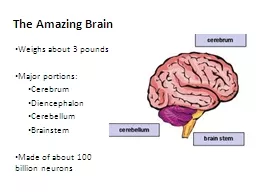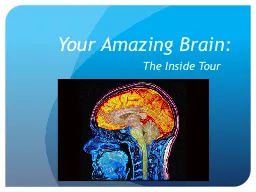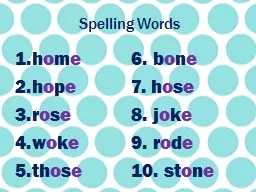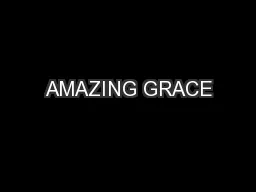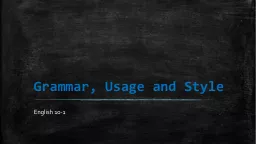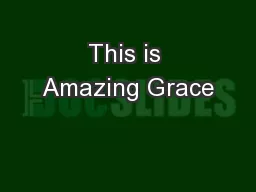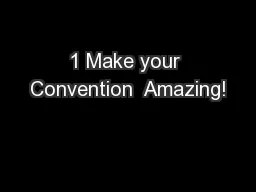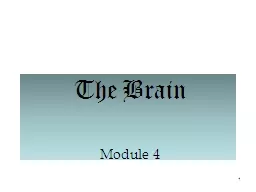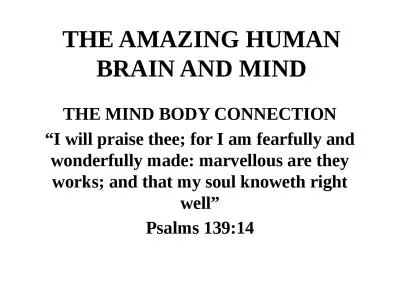PPT-The Amazing Brain
Author : celsa-spraggs | Published Date : 2017-05-14
Weighs about 3 pounds M ajor portions Cerebrum Diencephalon Cerebellum Brainstem Made of about 100 billion neurons The Amazing Brain Cerebrum Largest portion Higher
Presentation Embed Code
Download Presentation
Download Presentation The PPT/PDF document "The Amazing Brain" is the property of its rightful owner. Permission is granted to download and print the materials on this website for personal, non-commercial use only, and to display it on your personal computer provided you do not modify the materials and that you retain all copyright notices contained in the materials. By downloading content from our website, you accept the terms of this agreement.
The Amazing Brain: Transcript
Download Rules Of Document
"The Amazing Brain"The content belongs to its owner. You may download and print it for personal use, without modification, and keep all copyright notices. By downloading, you agree to these terms.
Related Documents

